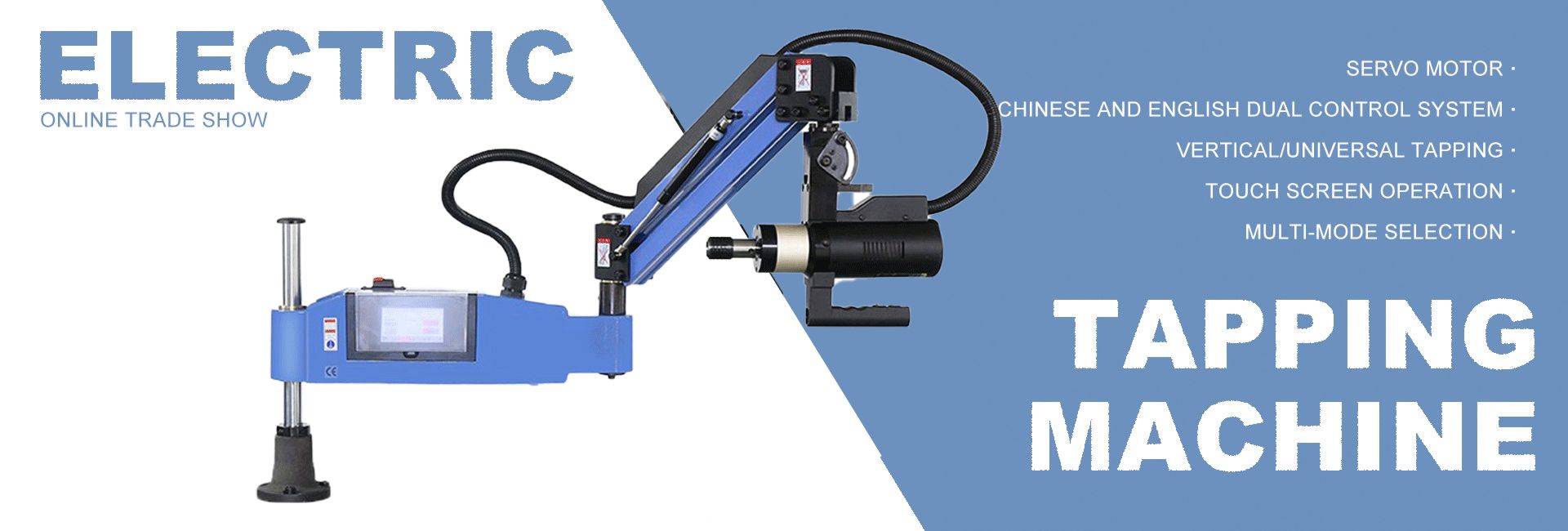How the correct choice of tool coating
The correct surface treatment can improve tool life, reduce processing cycle time, improve the quality of the machined surface on a small circular tool. However, according to the processing need to be the correct choice of tool coating may be a confusing and laborious work. Each type of coating in machining are both advantages and disadvantages, if the choice of inappropriate coatings may result in tool life is less than the uncoated tool, and sometimes even leads to more problems than the coating before .
There are many kinds of tool coatings to choose from, including the PVD coating, CVD coating as well as alternately coated with PVD and CVD composite coating from the tool manufacturer or the coating suppliers can easily access these coated layer. This article describes the common properties of the tool coating, as well as some commonly used PVD, CVD coating options. In determining the selection of the coating is most useful for cutting, coating each feature plays an important role.
(1) coating characteristics
(A) Hardness
The coating of the high surface hardness is one of the best way to improve tool life. In general, the hardness of the material or surface, the higher the longer the tool life. Titanium carbonitride (TiCN) coatings have higher hardness than titanium nitride (TiN) coating. Due to the increase of carbon content, the hardness of the TiCN coating a 33% increase in the hardness range of about Hv3000 ~ 4000 (depending on manufacturer). The surface hardness of up to Hv9000 of CVD diamond coating tool has been more mature compared with PVD coated tools, CVD diamond coated tool life by 10 to 20 times. Diamond-coated high hardness and cutting speed than the uncoated tool 2 to 3 times making it a good choice for non-ferrous material machining.
(2) wear resistance
The wear resistance of the coating to resist wear and tear. Although some workpiece material hardness may not be too high, but the added element in the production process and the process may lead to the cutting edge crack or blunt.
(3) surface lubricity
The high coefficient of friction will increase the cutting heat, resulting in the coating shorten the life span even failure. Lower coefficient of friction can be greatly extended tool life. Smooth and delicate texture coated surface of the rules help to reduce the cutting heat, because the smooth surface allows the chip quickly slip away from the rake face and reducing heat generation. Compared with the uncoated tool, better surface lubricity of the coated tool but also a higher cutting speed for processing, in order to further avoid the high temperature welding and workpiece material.
(4) oxidation temperature
The oxidation temperature is the temperature value when the coating begins to decompose. The higher the oxidation temperature, cutting under high temperature conditions more favorable. Although the room temperature hardness of the TiAlN coating may be less than the TiCN coating, but we proved it in the high-temperature processing is much more effective than TiCN. TiAlN coatings at elevated temperatures to retain their hardness because of the formation of a layer of aluminum oxide, aluminum oxide layer can be heat from the tool incoming workpiece or chip in between the tool and the chip. Compared with the high-speed steel cutting tools, carbide cutting tools, cutting speed is usually higher, which makes TiAlN become the preferred coating of carbide cutting tools, carbide drills and end mills usually PVD TiAlN coating.
(5) anti-caking
Anti-adhesion of the coating to prevent or reduce the tool and the material being processed to a chemical reaction, to avoid the workpiece material deposited on the tool. In the processing of non-ferrous metals (such as aluminum, brass, etc.), the tool will often produce BUE (BUE), resulting in ultra-poor tool chipping or size of the workpiece. Once the material being processed adhesion on the tool, the adhesion will continue to expand. For example, when forming tap machining aluminum workpiece processed after each hole, tap on the adhesion of aluminum will increase, and finally tap diameter becomes too large, resulting in the size of the workpiece-tolerance scrapped. With good anti-adhesion coating can also play a good role even in a bad coolant performance or lack of concentration processing occasions.
(2) of coating
(1) titanium nitride coating (TiN)
TiN is a versatile PVD coating can improve the hardness of the tool and has a high oxidation temperature. The coating used for high-speed steel cutting tools or forming tools available very good machining results.
(2) carbonitride titanium coating (TiCN)
Carbon TiCN coating can improve the hardness of the tool and get a better surface lubricity, is the ideal coating for high-speed steel cutting tools.
(3) nitrogen aluminum titanium or aluminum coating of TiN (TiAlN / AlTiN)
TiAlN / AlTiN coating formed in the alumina layer can effectively improve the high temperature processing of the tool life. Mainly used in dry or semi-dry machining of carbide cutting tools, the choice of the coating. Depending on the proportion of alumina and titanium in the coating, AlTiN coating provides a higher surface hardness than the TiAlN coating, so it is a viable coating options for the field of high-speed machining.
(4) chromium nitride coating (CrN)
CrN coating good anti-adhesion make it prone to BUE processing to become the preferred coating. This almost invisible coating is coated, high-speed steel cutting tools, carbide cutting tools and forming tools processing performance will be greatly improved.
(5) diamond coating (Diamond)
CVD diamond coating provides the best performance for non-ferrous metals processing tool is machining graphite, metal matrix composites (MMC), an ideal coating of high-silicon aluminum and many other high-abrasion material (note: pure diamond coating The tool can not be used for machining steel, processing steel to produce a large number of cutting heat and cause a chemical reaction, the adhesion layer between the coating and the tool of destruction).
Coating for hard milling, tapping and drilling vary, respectively, there are specific occasions of use. In addition, multi-layer coating, such coating is also embedded in the surface between the tool substrate other coatings can be further enhanced tool life.
(3) coating the successful application of
To achieve cost-effective coating application may depend on many factors, but for each specific processing applications, usually only one or several possible coating choices. The correct choice of coatings and their characteristics may mean that the processing performance has improved significantly and almost did not improve the difference between. Cutting depth, cutting speed and coolant may have an impact on the application effect of the tool coating.
Because there are many variables in the processing of a workpiece material, and therefore determine the selection of the coating of one of the best way to cut through the trial. Coating suppliers are constantly developing more new coating to further improve the high temperature, abrasion and wear resistance of the coating. Coating (tools) Manufacturer to verify the latest, the best tool coating in the processing of the application is always a good thing.
Latest News
Contact Us

Name: Nina
Tel: 0086-0769-81177281
Fax: 0086-0769-81177281
Mobile: 0086-13712515491
E-mail: [email protected]
Skype: toolsharpener
QQ: 19641516791
WeChat: 0086 13712515491
Whatsapp: 0086 17727718926
Add: No 1 industrial avenue, Hengli Town,Dongguan city,Guangdong provience,China




 CHINESE
CHINESE ENGLISH
ENGLISH










 Skype Chat
Skype Chat WhatsApp
WhatsApp  Mail inquiry
Mail inquiry QQ online
QQ online
